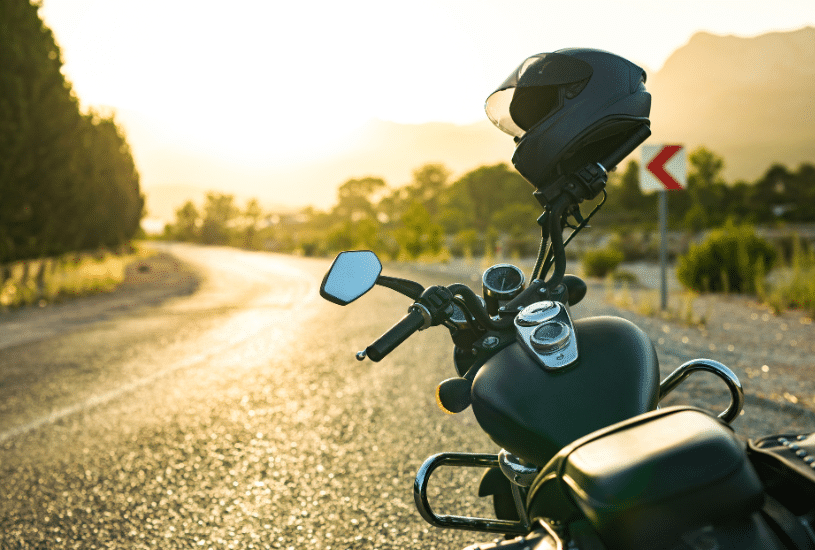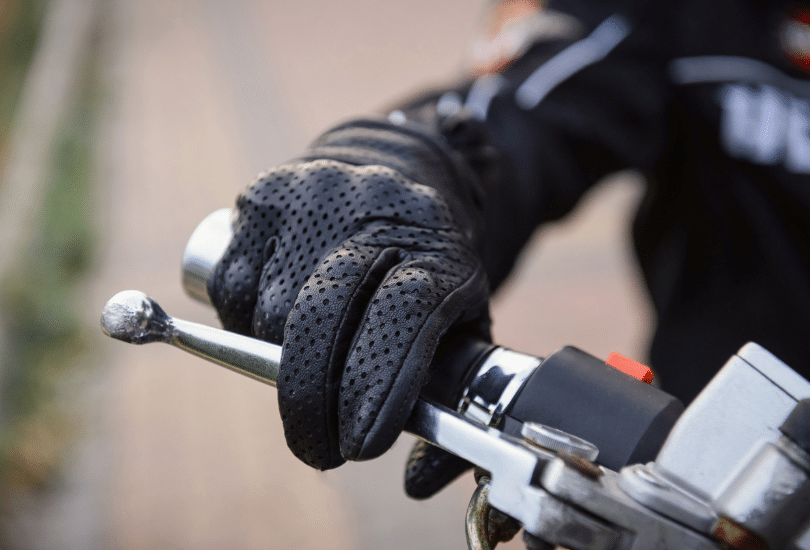At Law Tigers, we have a passion for motorcycles, and when we’re not on our bikes or in the courtroom, we enjoy learning all we can about our favorite activity. One aspect of being biker aficionados we’ve enjoyed is diving into the history of motorcycling and its cultures.
Read on and discover the origins of the motorcycle as we turn back the pages of history. Learn how the motorized two-wheeler evolved over more than a century, and uncover what has made the motorcycle a modern success story.
Beginnings of the Motorcycle
The first vehicles to resemble motorcycles emerged in the mid-Victorian era. These non-commercial vehicles relied on steam as the primary propulsion source, soon replaced by petrol.
Ernest Michaux, a French inventor and bicycle manufacturer, brought his vision of the motorized bicycle to life in 1868 Paris when he partnered with steam engine designer Louis-Guillaume Perreaux to create the first prototype of a motorcycle. The two French inventors equipped one of Michaux’s velocipedes with one of Perreaux’s steam engines.
About the same time, Sylvester H. Roper of Boston, Massachusetts, also developed a steam-powered velocipede.
British inventor Edward Butler designed the three-wheeled Butler Petrol Cycle in 1884. It featured a single-cylinder, gasoline-powered engine mounted horizontally between the two front wheels and connected to the rear wheel by a drive chain.
Meanwhile, in Germany, Wilhelm Maybach and Gottlieb Daimler’s 1885 motorcycle, the “Petroleum Reitwagen,” featured a zero-degree steering axis and a pair of outrigger wheels that helped it stay upright while making turns.
Early Commercial Motorcycles
The 1890s witnessed the end of steam-powered engines and the rise of motorcycles with internal combustion. Hildebrand and Wolfmüller, two German engineers, brought out the first internal combustion motorcycle model in 1894. It was the first to receive the name “motorcycle.” However, after producing only about a few hundred bikes, they lost ground to ever-increasing competition.
In England, the Excelsior Motor Company introduced its first motorcycle in 1896. The former bicycle manufacturing company switched to motorcycle production, making more affordable personal transportation available for public purchase.
Charles Metz designed the Orient-Aster in 1898, the first motorcycle distributed in the United States. Peugeot Motocycles, the world’s oldest motorcycle manufacturer still in operation, released its first model at the Paris Motorshow in 1898, which boasted a Dion-Bouton motor.
The Age of Mass Production
The emergence of new, powerful engines and a flood of motorcycle designs gave birth to several mass-production firms. England-based bicycle manufacturer Triumph ventured into the motorcycle market in 1898 and unveiled its first model in 1902. Triumph became the largest motorcycle manufacturer by 1903 and produced about 500 units annually.
In 1901, Royal Enfield built its first motorcycle, which sported a 239cc engine. The same year, the Indian Motorcycle Manufacturing Company came up with the Indian Single. This vehicle featured an engine developed by the Aurora Firm. The Indian Company produced more than 20,000 bikes each year, with 32,000 units in 1913 marking its banner year.
Harley-Davidson started producing motorcycles in 1903. The growing popularity of motorcycle racing as a sport contributed to innovations and experimentations during this period. Companies built faster, more powerful machines, and new enhancements quickly found their way to market.
The First World War
World War I brought significant change to the motorcycle industry. The need for effective wartime communication lines boosted motorcycle production. Motorcycle dispatch riders replaced horseback messengers, and the military also used motorcycles for reconnaissance.
Harley-Davidson agreed to a military contract to commit more than 50% of its production output to the war effort.
The Triumph H, launched in 1915, featured a 550cc side-valve four-stroke single-cylinder engine. These cycles lacked pedals, the first such motorcycle that Triumph produced. They also came with a belt transmission and a three-speed gearbox. Many people regard this model as the first modern motorcycle.
Triumph Motorcycles sold over 30,000 units of its Type H model to the Allies during the Great War.
The Interwar Years
Harley-Davidson became the world’s largest motorcycle manufacturer in 1920, with dealers selling their motorcycles in 67 countries. Germany’s DKW took over the top spot between the late 1920s and early 1930s.
German BMW Motorcycles introduced its first model in 1923, which featured a shaft drive and a “boxer” engine enclosed within aluminum housing.
Harley-Davidson and Indian stood as the only two American motorcycle manufacturers by 1931.
This two-horse race for dominance over the U.S. motorcycle market continued until 1953, ending with the closure of the Indian Motorcycle Factory. Royal Enfield later acquired the Indian brand name.
The looming shadow of the Second World War increased motorcycle production across Europe. In England, the Birmingham Small Arms Company (BSA) furnished the British army with 126,000 BSA M20 motorcycles from 1937-1950. Royal Enfield also supplied motorcycles to the military during this period.
After World War II
The end of the Second World War saw many American veterans turning to motorcycles as a way to cope with the return to civilian life. An outlaw biker image became popularized in the U.S. Europe, however, witnessed a different inclination. European motorcycle manufacturers focused more on practical, economic aspects of motorcycle use.
In 1946, Piaggio introduced the Vespa, which quickly gained global popularity. BSA’s 1951 purchase of Triumph Motorcycles made it the world’s largest motorcycle producer until Germany’s NSU took the crown in 1955. In 1959, Japan’s Honda replaced NSU as the world’s largest motorcycle manufacturer.
The emergence of Japanese motorcycle manufacturers changed the motorcycling landscape. Honda’s 1969 model, the CB750, became an instant hit because of its affordability. The same year, the Kawasaki KZ900 also demonstrated the four-cylinder engine’s potential.
Japanese motorcycle manufacturers produced high-quality machines much more quickly than their European counterparts and also sold them at lower prices. As a result, motorcycle riding became accessible to almost everyone.
Modern Day
The modern world places massive demands on the motorcycle industry. Small, inexpensive motorcycles serving as motorcycle taxis populate streets around the world.
Honda’s 2009 Brazilian launch of the CG 150 Titan Mix marked the introduction of ethanol flex-fuel motorcycles. Now, you can find ethanol flex-fuel motorcycles all over the world.
Law Tigers Motorcycle Lawyers at Your Disposal
The power, safety, and versatility of motorcycles continue to improve, and each year brings new advancements to the art of motorcycle design. Just as with any activity, owning and riding motorcycles creates a need for the distinct legal practice area of motorcycle law, and Law Tigers has established a network of motorcycle attorneys across the U.S. to serve your legal needs. Call us at 1-800-529-8443 for help today.



